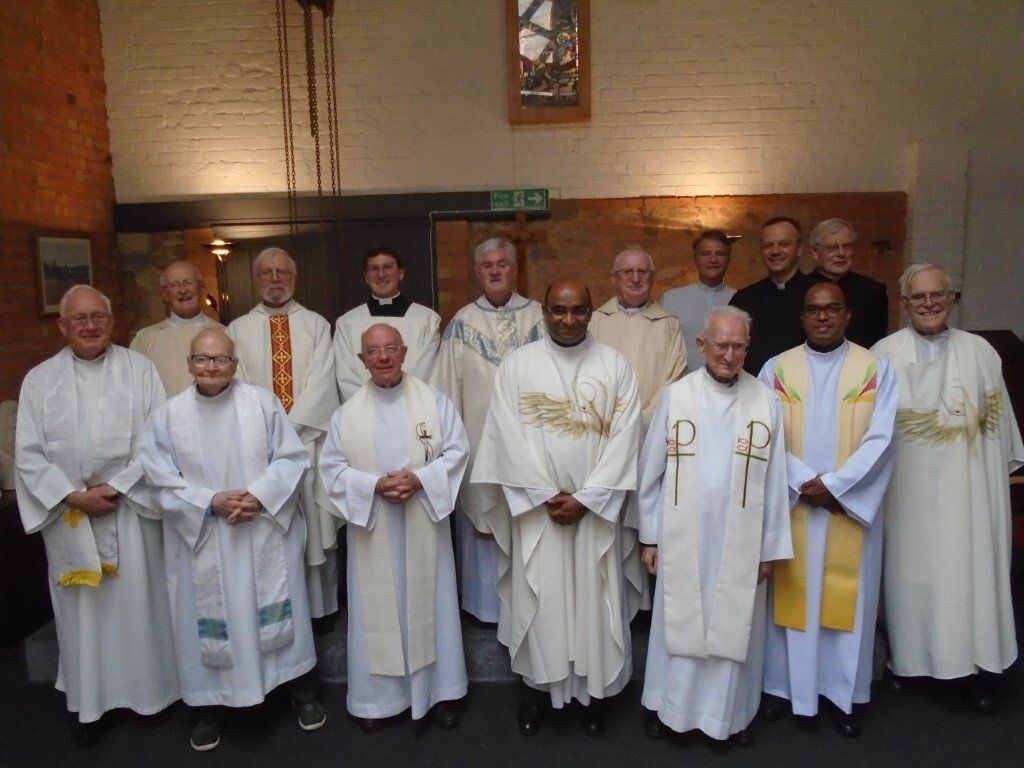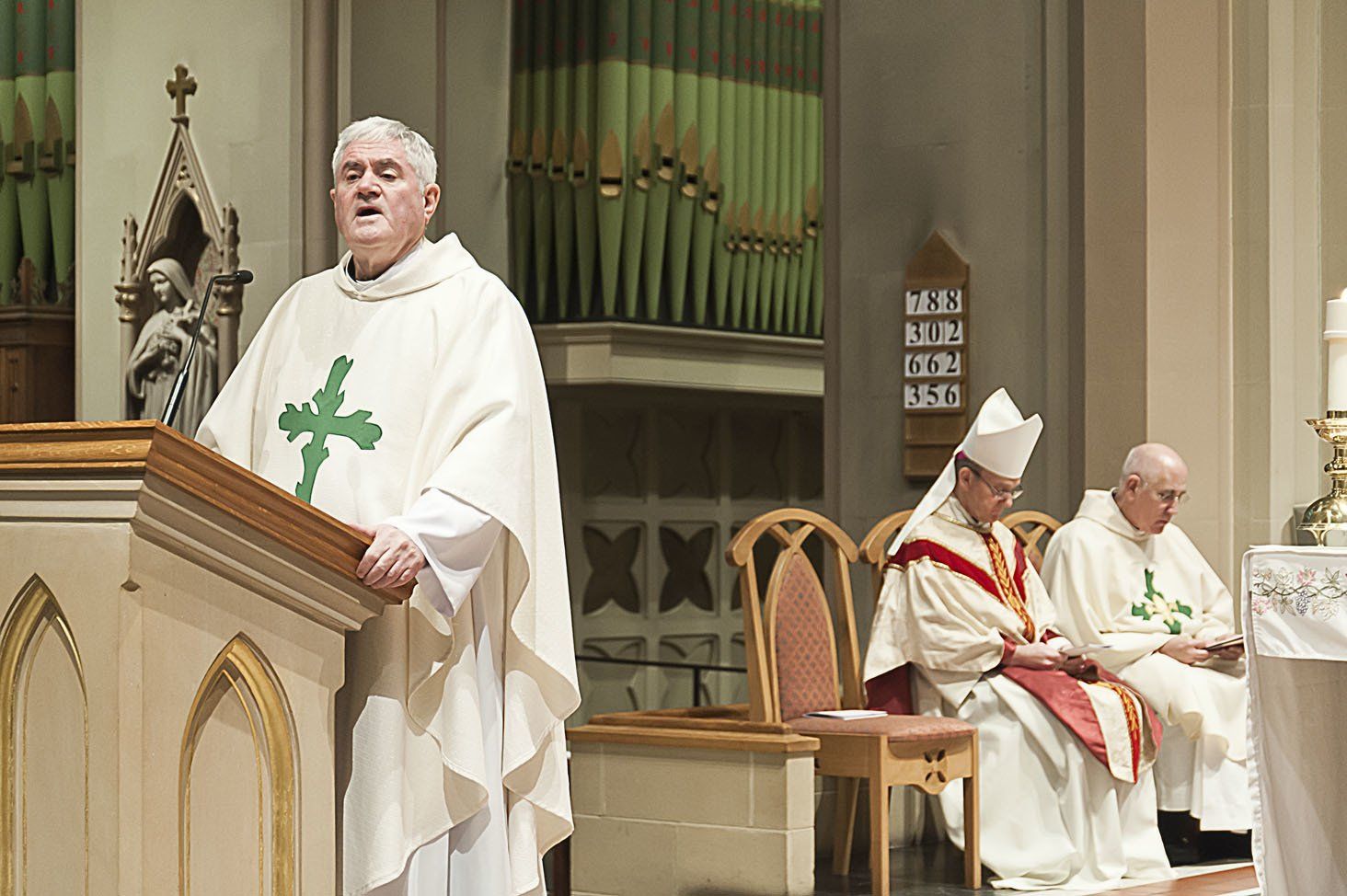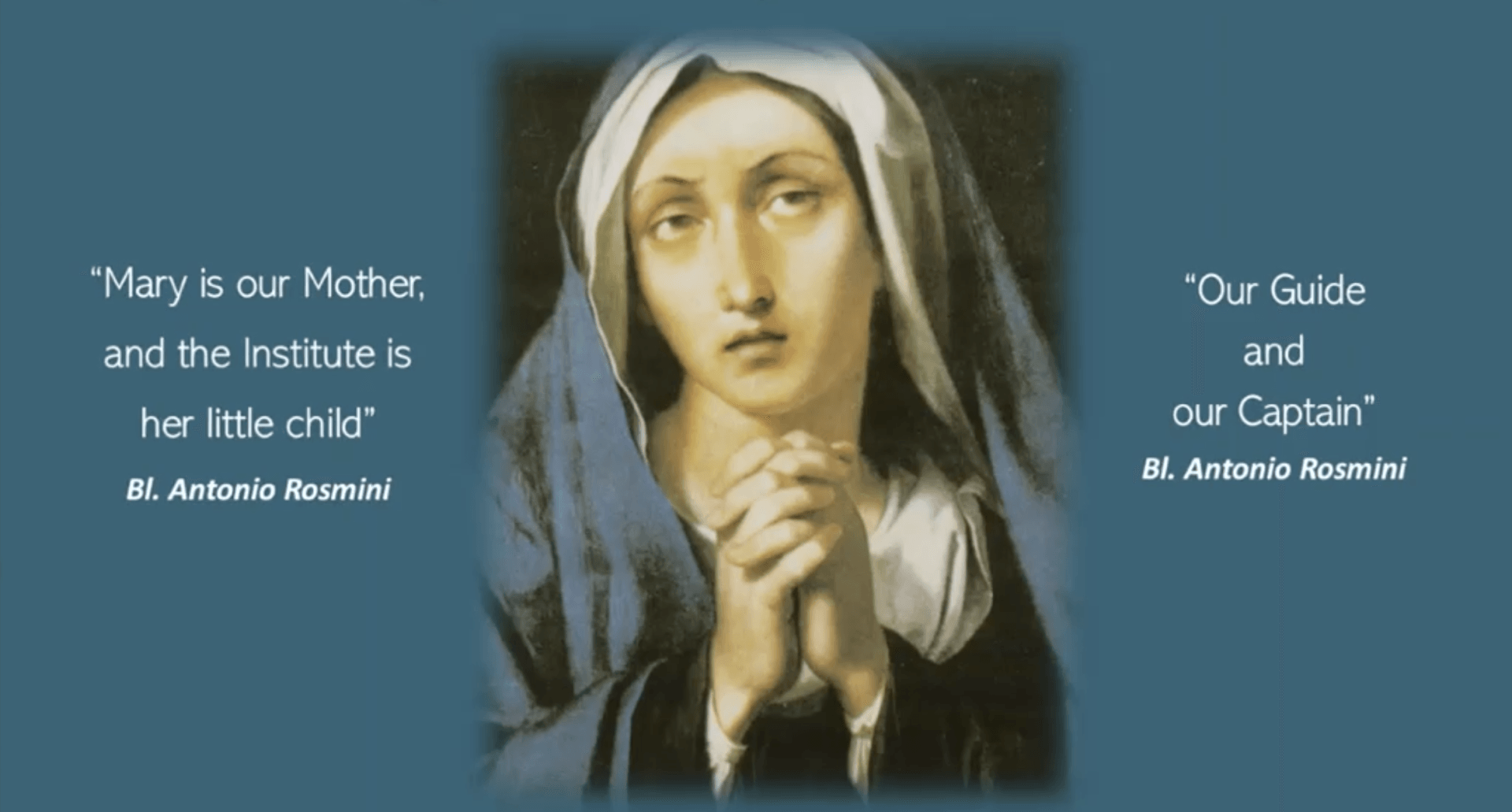Safeguarding
The Conference of Religious of England and Wales published a basic set of guidelines for Religious called Integrity in Ministry. The Rosminian Community has adopted the contents of this important publication as a part of its Safeguarding policy. Each member of the Community has his own copy of the book for personal study and reference. In addition to this we continue to be guided by the safeguarding division of the RLGs (Religious Life Groups)
In November 2020, the Church commissioned an independent review into its safeguarding work and structures. One of the areas recommended was a specialist organisation to provide safeguarding support for Religious Life Groups (RLGs). The RLSS is this specialist provision and has been delivering services to nearly 200 RLGs from 2nd February 2022.
The RLSS will continue to put victims/survivors at the heart of our work, to empower them and aid them to feel heard. We will continue to make the protection of all people our key safeguarding message and we will of course keep pushing for continuous and demonstrable improvement in all areas of safeguarding. In short we are committed to continuing to address the many challenges to ensuring the safety and wellbeing of children and vulnerable adults for the Catholic Church identified by the Independent Inquiry into Child Sexual Abuse.
And Anthony Furlong is our safeguarding officer and his contact details are +44 7913 753382
THE ROSMINIANS
SAFEGUARDING - IMPORTANT INFORMATION
USEFUL LINKS
Functions of the Catholic Safeguarding Standards Agency ‘CSSA’
Regulation
The CSSA holds a regulatory function extending to all dioceses and Religious Life Groups. It monitors compliance by Church bodies with the safeguarding standards adopted by the Church, using its own independent audit and review function and is empowered to undertake its role as a regulator through the freely entered into contractual relationships between it and the Church bodies it provides a service to. Through this, the CSSA has the powers to ensure that each Church body partnered with it, is complying with the published standards.
These powers include:
- Mandatory audit and follow up activity by the CSSA, with the publication of audits at the sole discretion of the CSSA
- Escalation and intervention in the event of practice not reaching agreed standards
- Investigation into the handling of complaints that have exhausted local processes
In addition to its regulatory work, the CSSA offers a number of other services. These include:
- Managing the Catholic Church DBS Registered Body and providing advice to the Catholic Church of England and Wales on risk and DBS checks
- Providing policy and procedure to support the professional standards to which its partners are to operate
- Offering informal advice on case management
- A formal case consultation service by the way of a Case Consultation Committee, which will be a sub-group of the CSSA.
- Development of training materials and the delivery of national training
Email our Safeguarding Designated Lead
Additional Safeguarding Information
Blurred Lines
Cardinal Vincent Nicholls - Published document on Safeguarding within the Catholic Church.
City skyline
Have you or someone you know experienced abuse within the Catholic Church? If so, then this is are committment to you
Birthday Sparks
The Catholic Church speaking our against Domestic Violence
Fashion Magazine
A leaflet which outlines agreed procedures and the steps necessary, when allegations have been made against a person in a position of trust.









